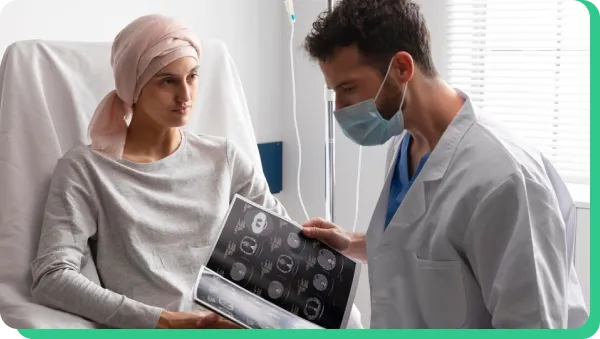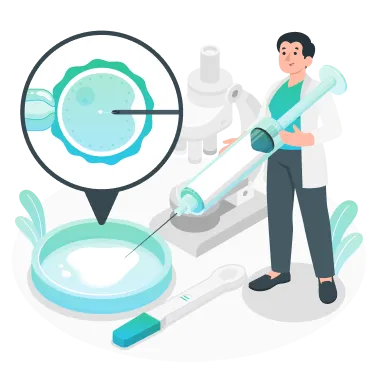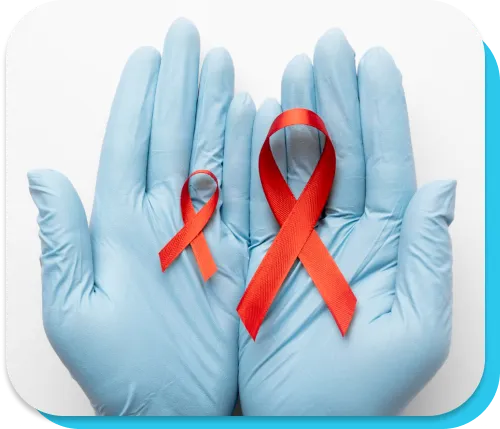- Email: [email protected]
- Contact: +1 (407)581-9000
Diagnosis & Staging
CancerGuru
Diagnosis & Staging


About Diagnosis & Staging
Diagnosis and staging are pivotal steps in the cancer journey, providing the foundation for treatment planning and prognosis, a process we aim to demystify for our users. The American Cancer Society (ACS) explains that diagnosing cancer involves identifying the presence and type of cancer through a combination of medical tests, while staging determines its extent and spread. For our community, understanding these steps empowers informed discussions with healthcare providers.
Symptoms
Diagnosis begins with recognizing symptoms—such as a persistent cough or unexplained bleeding—prompting tests like imaging (X-rays, CT scans, MRIs) or lab work (blood tests for tumor markers).


Biopsies
Biopsies, where a tissue sample is examined under a microscope, confirm cancer’s presence and type. For example, a CancerGuru.com user noticing a breast lump might undergo a mammogram followed by a biopsy, revealing whether it’s benign or malignant. As per ACS, in 2023, over 1.9 million new cancer cases were diagnosed in the US, highlighting the frequency of these procedures.
Determining Cancer Stage
Staging follows, classifying cancer from Stage 0 (in situ, non-invasive) to Stage IV (metastatic, spread to distant organs). The TNM system—assessing Tumor size, lymph Node involvement, and Metastasis—is widely used. A Stage II colon cancer diagnosis, for instance, might indicate a larger tumor without distant spread, guiding surgery as a primary treatment. Early detection through diagnosis significantly boosts survival; as per research, there is a 5-year survival rate of 91% for localized breast cancer versus 31% for metastatic cases (American Cancer Society, Cancer Statistics Center).



Advanced Tools
Accuracy in staging relies on advanced tools—PET scans or endoscopies—and collaboration with pathologists and oncologists. We support our audience by explaining these processes, emphasizing the importance of early testing. In 2021, 68% of lung cancer cases were diagnosed at advanced stages, reducing treatment options, underscoring the need for timely action. By offering informed insights, we equip users to navigate diagnosis and staging, ensuring they understand their cancer’s scope and the critical role of early intervention in improving outcomes.

